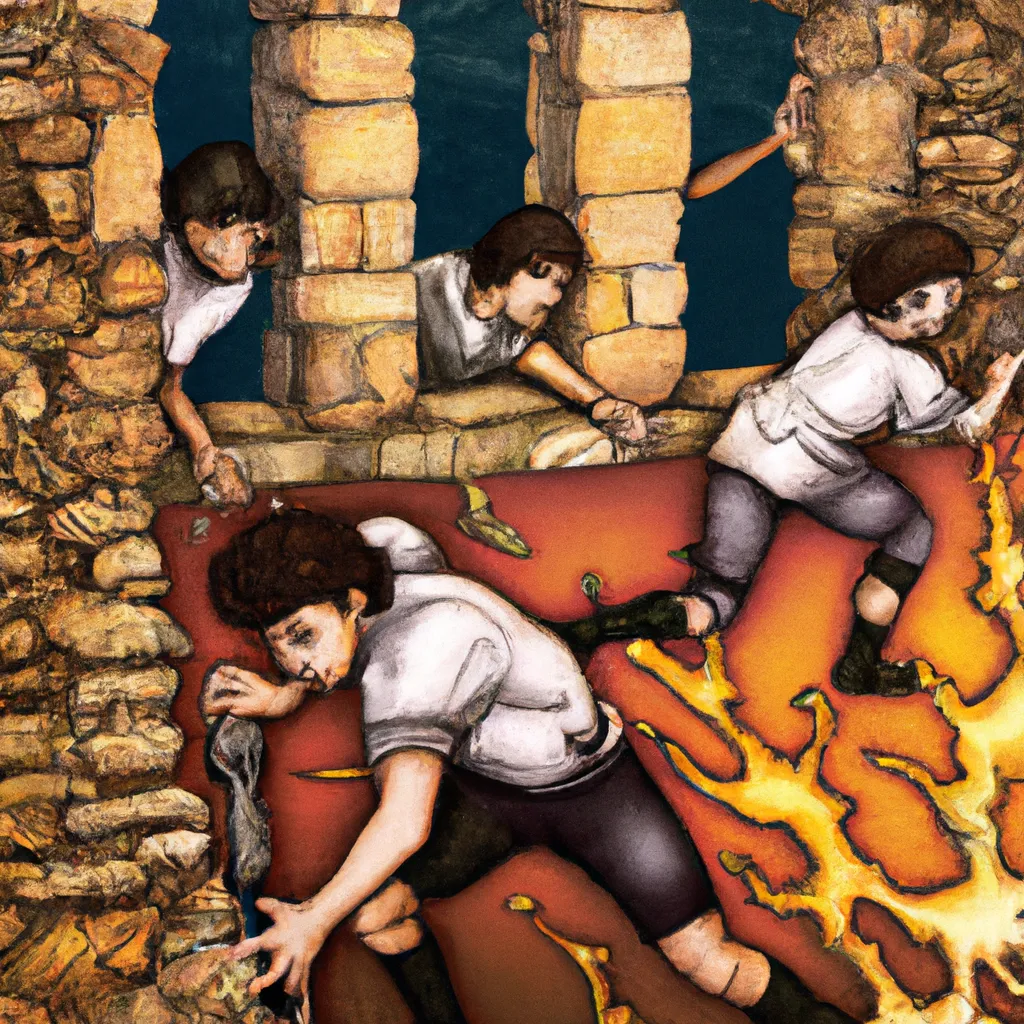Guillotined during the French Revolution: a bloody history through 7 severed heads.

The country was ravaged by war, and the bourgeoisie (upper and middle classes) had limited political power. Educated citizens, influenced by the Enlightenment, became disillusioned with the absolutist regime that had lasted for centuries. They decided it was time for a change. Within the various revolutionary governments, different factions rose up, each with their own approaches and definitions of revolution.
The mob attack on the Bastille on July 14, 1789, signaled the beginning of the revolution. Although it was a largely symbolic attack - there were only a few prisoners in the Paris fortress prison - it was seen as an attack on royalty. The king and his family were soon imprisoned, where they faced a deadly fate, just like so many others in France.
This time of nationwide change brought several colorful personalities to public attention - many of whom lost their heads. We tell the stories of some of the key personalities who shaped the Revolution.
Ludovic XVI, August 23, 1754 - January 21, 1793
As a figure of the despicable Ancien Régime, King Louis XVI was blamed for the suffering experienced by the people of France. The split between the monarchy and the working class was huge. In addition, supporting the colonists during the American War of Independence, as well as France's involvement in many other costly wars, led the country into deep debt. But while his people suffered poverty and food shortages, Louis XVI wielded absolute power and brooded in his opulent palace at Versailles. The luxury and indifference of the royal family eventually became too intolerable for the citizens of France.
In an attempt to remedy the financial crisis, Louis agreed to unhappily summon the Council of State-a form of parliament with representatives of the three estates: the clergy, the nobility, and the public-for the first time in 175 years.
13 May 2025
1 May 2025




The royal familyThe royal family was moved from the comfort of Versailles to practical confinement in the Tuileries Palace in Paris. In June 1791, they made a desperate attempt to leave Paris and start a counter-revolution, but could only make it as far as Varennes, 150 miles away, before they were arrested and returned to the Tuileries. French Republic -On September 21, 1792, the French monarchy was officially recognized and the first French Republic was established.
The amount of violence that occurred during the revolution that began in France in 1789 remains difficult to measure statistically. Estimates of the number of those executed for political reasons vary.
Besides the most exalted 'justice', Paris, local officials set up portable guillotines throughout France. The ruthless efficiency of the executions meant that entire families could be beheaded in minutes. At least 17,000 were officially sentenced to death during the 'Reign of Terror', which lasted from September 1793 to July 1794, and the ages of the victims ranged from 14 to 92. On Christmas Day 1793 alone, 247 people were killed by guillotine.
It is suggested that this number should be doubled, at a conservative estimate, to account for those who died in less official ways, such as being in prison awaiting sentencing or dying at the hands of a mob (as happened to Princess Lamballe).
The royal family was moved from the comfort of Versailles to practical confinement in the Tuileries Palace in Paris. In June 1791, they made a desperate attempt to leave Paris and start a counter-revolution, but could only make it as far as Varennes, 150 miles away, before they were arrested and returned to the Tuileries. French Republic -On September 21, 1792, the French monarchy was officially recognized and the first French Republic was established.
The amount of violence that occurred during the revolution that began in France in 1789 remains difficult to measure statistically. Estimates of the number of those executed for political reasons vary.
Besides the most exalted 'justice', Paris, local officials set up portable guillotines throughout France. The ruthless efficiency of the executions meant that entire families could be beheaded in minutes. At least 17,000 were officially sentenced to death during the 'Reign of Terror', which lasted from September 1793 to July 1794, and the ages of the victims ranged from 14 to 92. On Christmas Day 1793 alone, 247 people were killed by guillotine.
It is suggested that this number should be doubled, at a conservative estimate, to account for those who died in less official ways, such as being in prison awaiting sentencing or dying at the hands of a mob (as happened to Princess Lamballe).
Comment
Popular Posts
Popular Offers

Subscribe to the newsletter from Hatamatata.com!
Subscribe to the newsletter from Hatamatata.com!
I agree to the processing of personal data and confidentiality rules of Hatamatata










